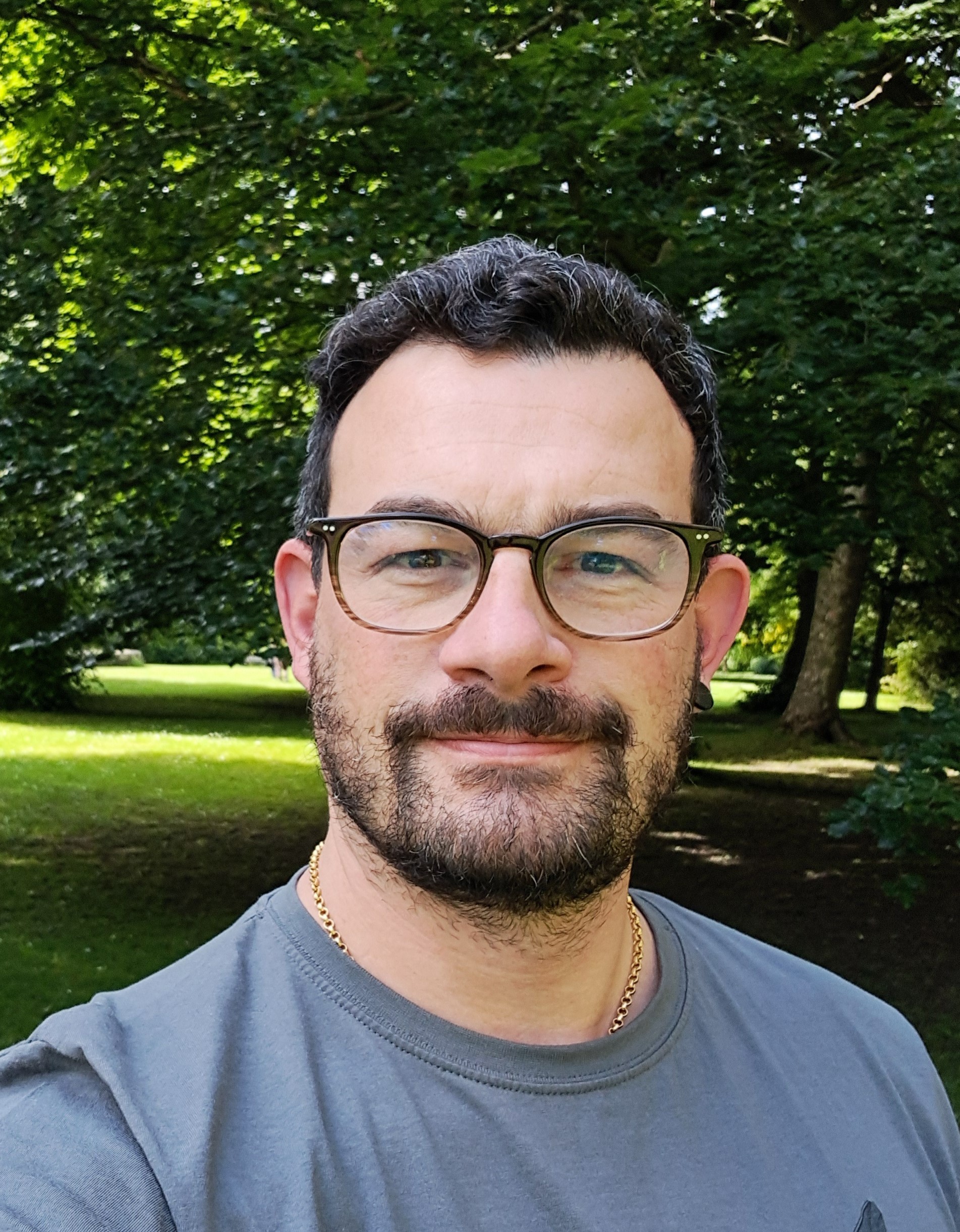Catchment Lab is one-year scoping exercise funded by Nature Returns Programme to identify a shortlist of catchments for assessing the benefits and dis-benefits of woodland creation for water.
It aims to establish the UK’s first catchment laboratories network to assess woodland creation’s water impacts. It will provide critical data, refine models, foster partnerships, and expand a monitoring network to inform Defra’s water policies.
We propose to build on this work by selecting the most promising location to establish the first of a UK network of woodland-based catchment laboratories. Catchment laboratories are critical to improving our understanding of the positive and negative impacts of large-scale tree planting on water services.
Aligned with the goals of the 25-Year Environment Plan for England for clean water and flood risk management, this project will directly underpin the continued development and application of the Woodland Water Code and will generate the evidence base to demonstrate the contribution made by planting the right tree in the right place. The project aims to support long-term catchment-scale and nested short-term site studies, enabling the effects of woodland location, design and management factors to be determined.
This proposal will directly contribute to DEFRA’s priorities to improve delivery and coordination at a catchment level with tailored long-term catchment plans that cover all water bodies – catchment plans will set out the key issues and priorities for action, including priorities identified in Local Nature Recovery Strategies.
Advanced sensors and digital systems will support continuous monitoring of water quality, flow, and river temperature. Community collaboration and co-design will be central to the project, ensuring stakeholder buy-in and building a comprehensive, data-rich understanding of woodland water services, enabling policymakers and investors to make informed, evidenced based decisions.
The objective of the project is to establish a robust framework for developing, testing, and implementing catchment laboratories to assess the water benefits and dis-benefits of woodland creation across UK.
This is primarily a development initiative based on a strong understanding of woodland-water interactions, but it also addresses key research questions to refine methodologies and maximize the project’s impact.
These questions include:
The project has made significant progress in screening and evaluating potential sites for Catchment Laboratories.
A spatial analysis was conducted using Forestry Service datasets, integrating the Land Use Map 2023 with the National Forestry Inventory 2022. This analysis identified an additional 74 potential woodland creation projects, ranging from 30 to 420 hectares.
Most projects in Central and Southern regions are in low-sensitivity areas per the Woodland Creation Map (Version 4.0 Var 1), while Northern sites face approval challenges, and Southern sites may encounter limitation due to chalk deposits. To refine evaluations, we employed an in-house R Shiny App to score and rank projects against selected criteria, facilitating decisions for area-specific considerations.
This multi-phase approach is ensuring a robust selection process for establishing Catchment Laboratories.
If you would like to learn more about the Catchment Lab, please contact andrea.baggio@forestresearch.gov.uk.
The design and development of a Woodland Water Code (WWC) to act as a crediting mechanism to encourage private investment in trees for the improvement of the freshwater environment.

Scientist Environment/Hydrology